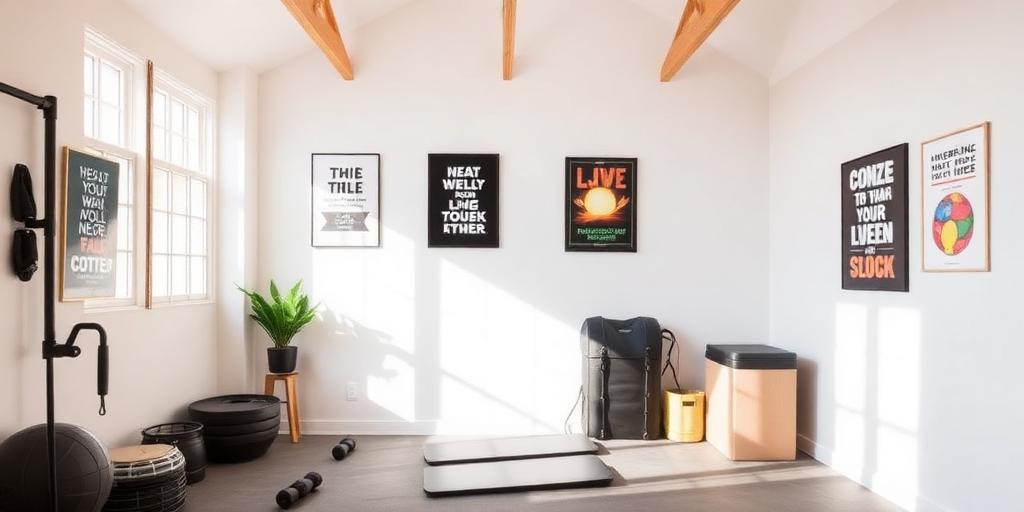How Your Environment Shapes Your Fitness Mindset
Our surroundings have a profound impact on our thoughts, feelings, and behaviors. When it comes to fitness, the environment we create and inhabit can either support or sabotage our goals. This article explores the various ways your environment influences your fitness mindset and offers practical strategies to optimize your surroundings for success.
The Psychology of Environment and Fitness
Environmental psychology studies the relationship between humans and their surroundings. This field highlights how aspects like light, color, space, and social context can affect motivation, stress levels, and decision-making. In the context of fitness, these factors can determine whether you stick to your workout routine or reach for the remote instead.
Key Environmental Factors Influencing Fitness
Home Environment:
- Clutter: A disorganized home can lead to a disorganized mind, making it harder to focus on fitness goals. Clutter increases stress and reduces motivation.
- Fitness Equipment: Having exercise equipment readily available at home can increase the likelihood of working out. Even a simple set of dumbbells or a yoga mat can serve as a constant reminder.
- Visual Cues: Posters, vision boards, or motivational quotes displayed in your home can reinforce your fitness aspirations.
Social Environment:
- Support System: Friends, family, and workout buddies can provide encouragement and accountability. Surrounding yourself with like-minded individuals fosters a sense of community and shared purpose.
- Influence of Others: Conversely, if your social circle doesn't prioritize health and fitness, it can be challenging to stay on track. Peer pressure can lead to unhealthy choices and decreased motivation.
Work Environment:
- Desk Setup: A sedentary work environment can negatively impact your physical health. Investing in a standing desk or taking regular breaks to move around can mitigate these effects.
- Workplace Culture: A workplace that promotes wellness through initiatives like fitness challenges or on-site gyms can significantly boost employee health and morale.
Neighborhood and Community:
- Access to Facilities: Living near parks, gyms, or walking trails makes it easier to incorporate physical activity into your daily routine.
- Safety and Aesthetics: A safe and aesthetically pleasing neighborhood encourages outdoor activities like walking, running, or cycling.
Strategies to Optimize Your Fitness Environment
Declutter and Organize:
- Start by decluttering your home and workout space. A clean and organized environment reduces stress and promotes focus.
- Designate a specific area for exercise equipment and keep it tidy.
Create Visual Reminders:
- Place motivational quotes, images, or vision boards in visible locations to reinforce your fitness goals.
- Use a fitness tracker or app to monitor your progress and stay motivated.
Build a Supportive Social Network:
- Join fitness groups, online communities, or find a workout buddy to share your fitness journey.
- Communicate your goals to friends and family and ask for their support.
Optimize Your Work Environment:
- Take regular breaks to stretch, walk, or do simple exercises.
- Use a standing desk or ergonomic chair to promote better posture and reduce sedentary behavior.
Leverage Your Neighborhood:
- Explore local parks, trails, and recreational facilities.
- Participate in community fitness events or join a local sports team.
Conclusion
Your environment plays a crucial role in shaping your fitness mindset and behaviors. By understanding the various factors that influence your surroundings and implementing practical strategies to optimize them, you can create an environment that supports your fitness goals and promotes long-term success. Start by making small changes to your home, work, and social environments, and watch how these adjustments positively impact your motivation, consistency, and overall well-being.









